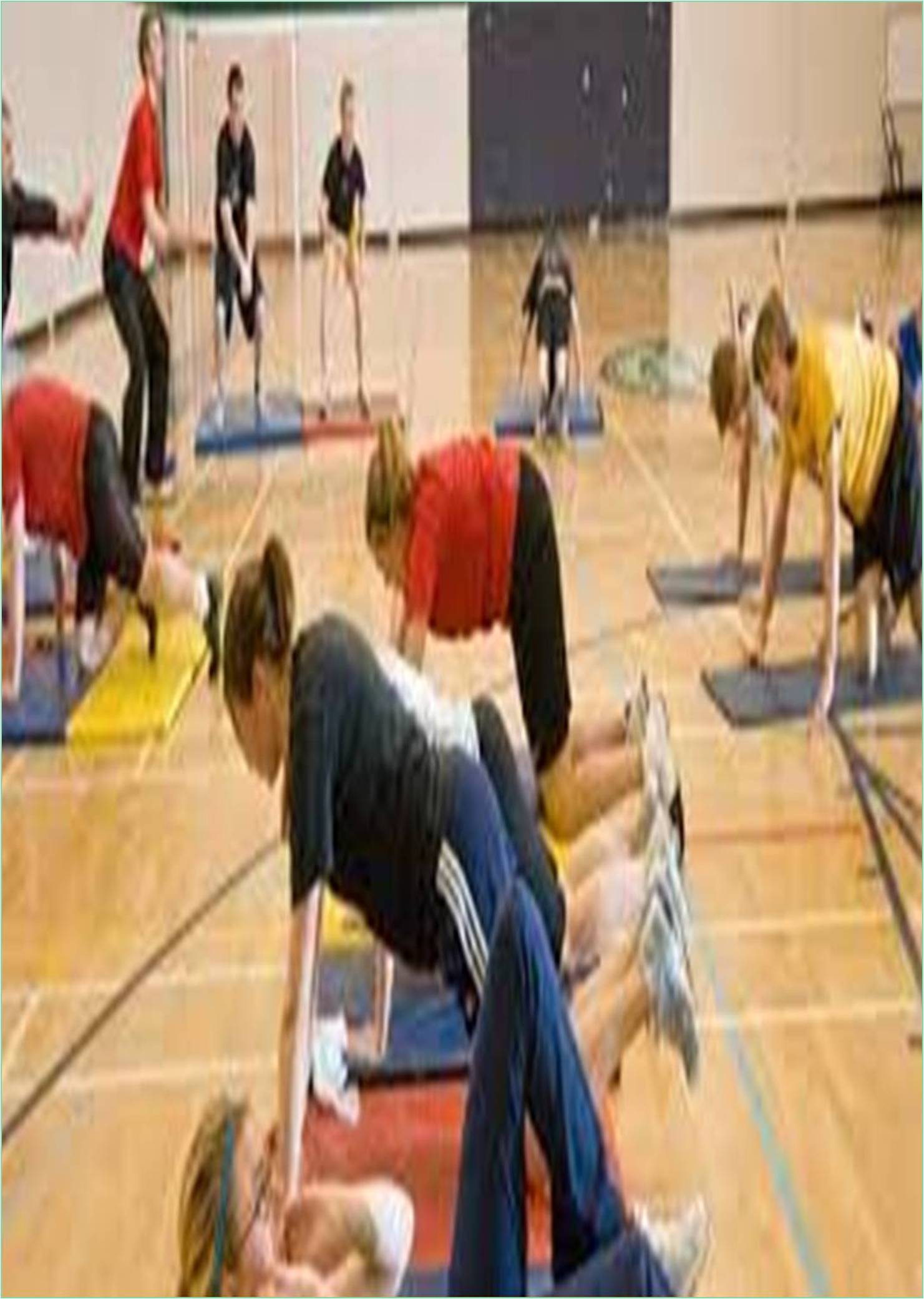



Received: 01-Feb-2022, Manuscript No. GJMPHE-22-63298; Editor assigned: 07-Feb-2022, Pre QC No. GJMPHE-22-63298 (PQ); Reviewed: 21-Feb-2022, QC No. GJMPHE-22-63298 ; Revised: 28-Feb-2022, Manuscript No. GJMPHE-22-63298 (R); Published: 08-Mar-2022, DOI: 10.15651/2449-1802.22.10.040
Medical education is education related to medical practice, including initial medical education (ie, medical school and internship) and subsequent additional training (eg, residence, fellowship and on-going medical education). Medical education and training vary widely around the world. Various teaching methods have been used in medical education, which is an active field of education and research. Medical training is also an educational discipline for doctors of all levels, including basic, advanced, and advanced medical training. Certain requirements, such as credible professional activities, must be met before entering the medical education stage.
One of the goals of medical education is to develop doctors who are sensitive to their country's health needs, able to meet those needs, and recognize the need to continue their own education. Therefore, the medical curriculum, which is a training plan, should not be the same in all countries. There may be basic elements that all have in common, but the details should change from place to place and from time to time. Whatever the format of the curriculum, ideally, it is flexible enough to change as circumstances change, medical knowledge grows, and needs change.
A special feature was the thoroughness that theoretical and scientific knowledge was fused with the experience of practical responsibility to take care of people. Medical education eventually evolved into a process that included on the three generally accepted levels: pre-medical, undergraduate and graduate.
An important aspect of the educational debate is the student profile, according to today's student analysis, they perform better on some measure of self-assertion, narcissism, narcissism, high expectations, and stress, anxiety, and mental health deterioration, and even worse in self-confidence. The characteristics of these generations are rooted in cultural changes and reflect social changes. These personality traits are clearly established by the time students enroll in medical school. Notable individual exceptions reinforce the average characteristics of today's students. This does have some negative consequences as well as positive aspects such as personalization. A high level of dedication to previously enjoyed activities can lead to burnout, as motivation can be disrupted. Burnout is surprisingly high among today's medical students and residents. Burnout is a psychosocial syndrome associated with motivation, performance, and psychological difficulties. Perfectionism, defined as a combination of high standards and high self-criticism, is also increasing.
The characteristics of today's medical students, including their strengths and weaknesses, pose unique challenges to the educators involved in their education. These students have high IQ, but usually show little interest in reading long texts. The implications of educational design (pedagogy) are that these students are likely to benefit from a structured, but more interactive learning experience, instruction needs to be provided in shorter chunks, and videos. However, even when lessons are used in so-called active learning approaches such as flipped classrooms, attendance rates are often still low. There are a variety of commercial products including first aid, firecrackers, penetration, and pathoma that attract students with a simplified approach such as flashcards and video and pass standardized tests. These products are in line with the learning habits of many students today. Many today's medical students choose to read optional pre-recorded lectures online and use the various learning aids mentioned above, while minimizing direct interaction with the professor in the classroom.
Medical education requires major changes in the way it is taught and learned. It is a change that meets the needs of the welfare society, wherever doctors practice it. In an unstable world with previously managed illnesses resurfaced, new illnesses emerging, rapidly aging populations, systems with health care challenges, chronic illnesses and increasing health, doctors say Public policy is the majority of our country's total domestic production, if recognized as a leader who can lead such changes.
Medical education should be built on a healthcare system with global thinking and local implementation in an interconnected world. Reforms of the undergraduate medical curriculum should follow this guide in order to contribute to the mission of the physician. Our experience shows that it is possible to reconcile curriculum changes in medical degrees with the current social needs of medical education based on the healthcare system.